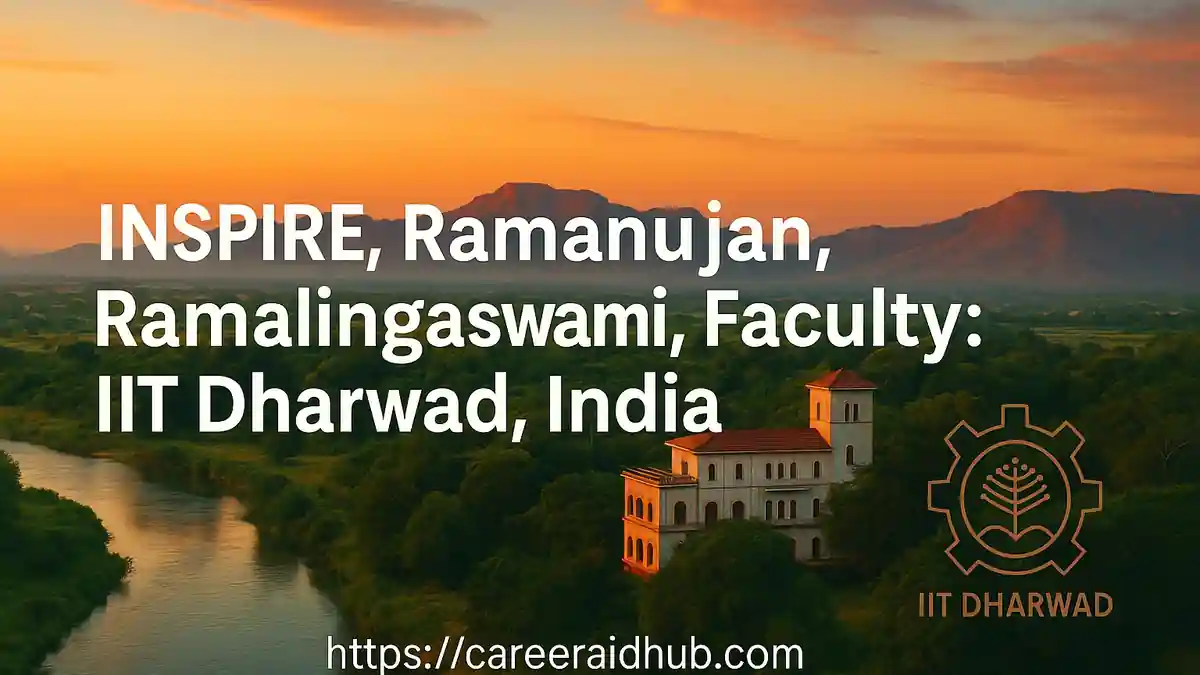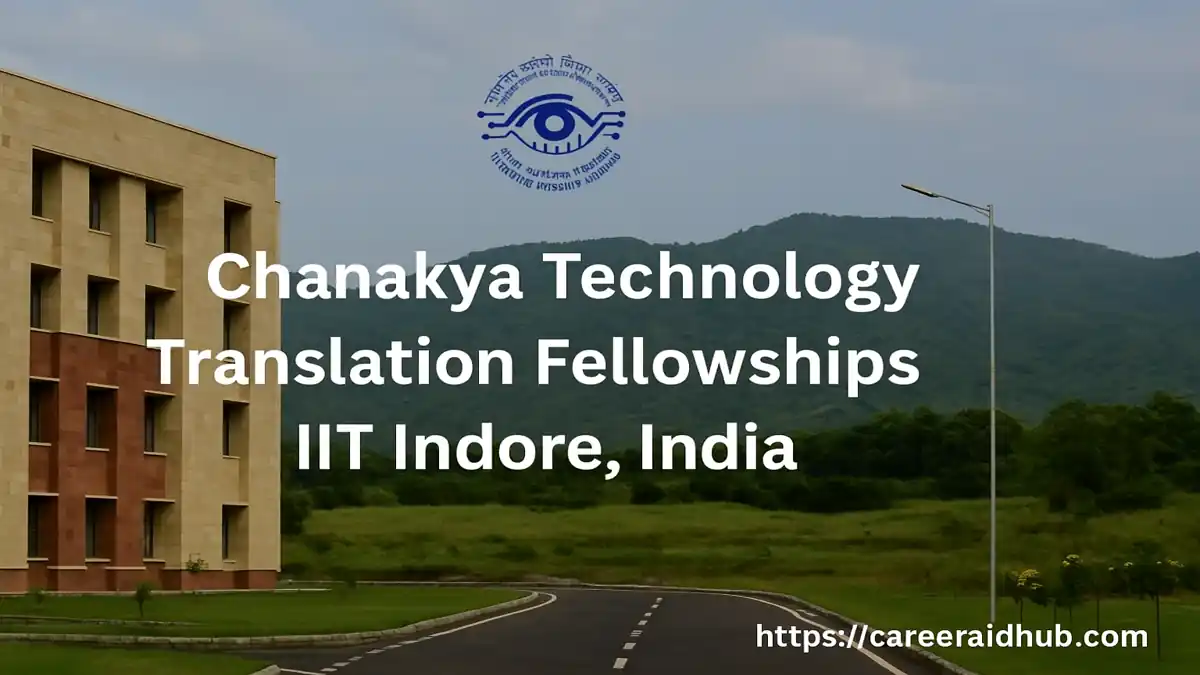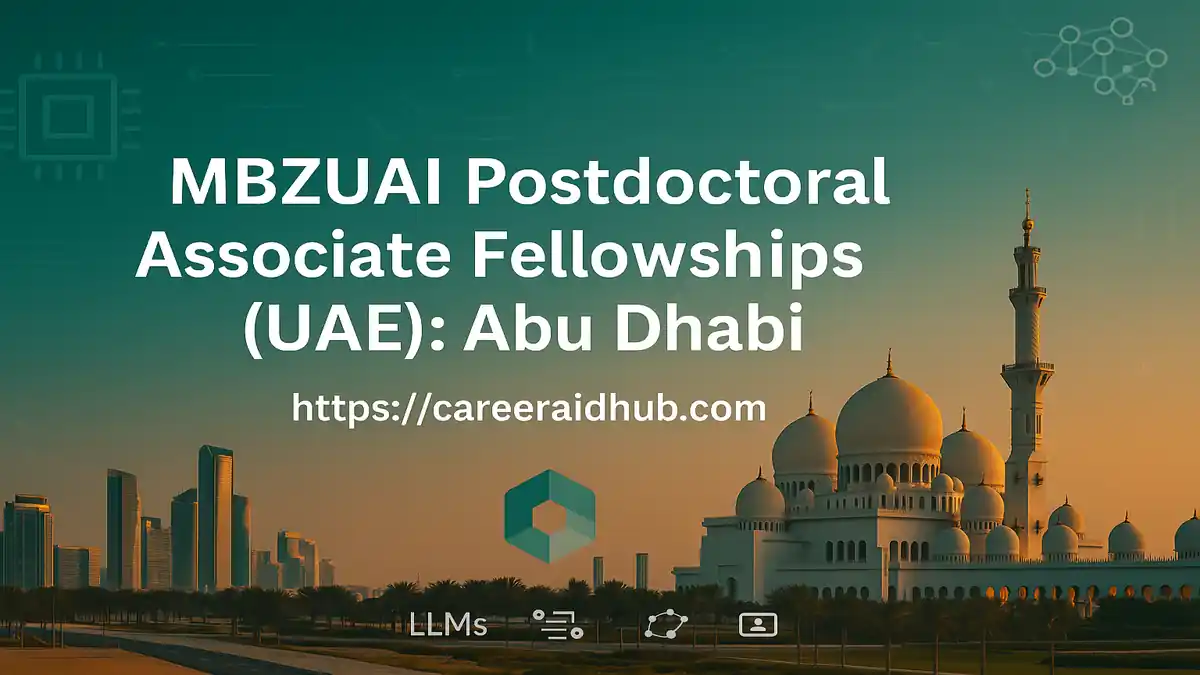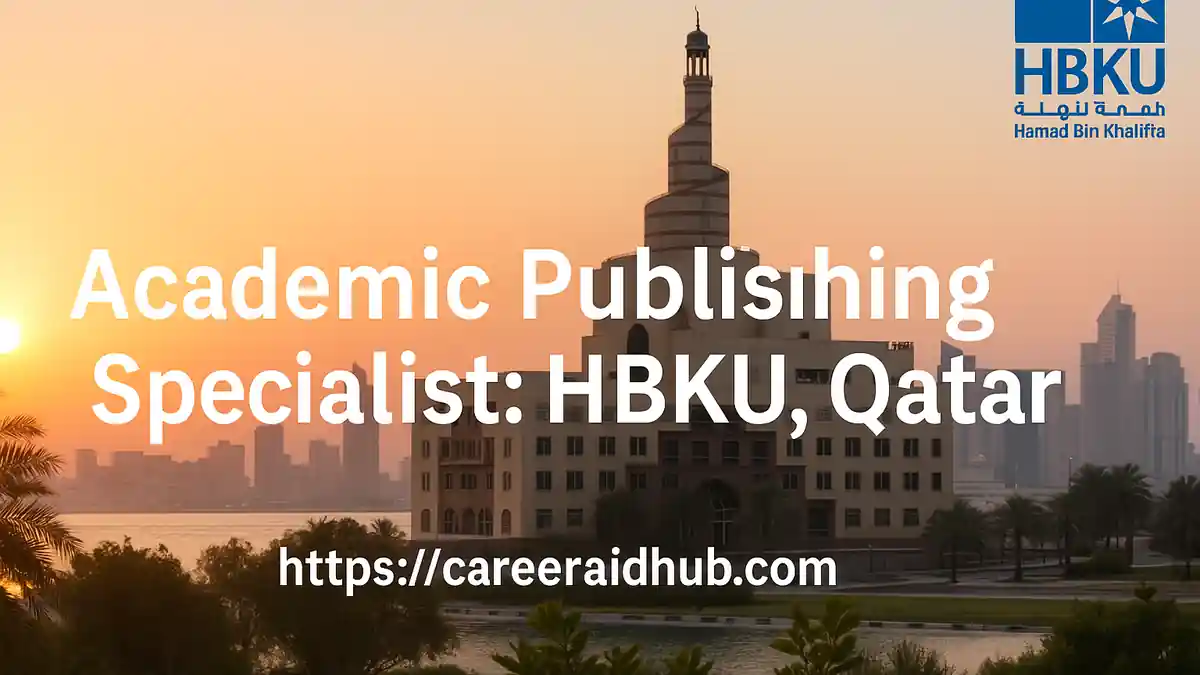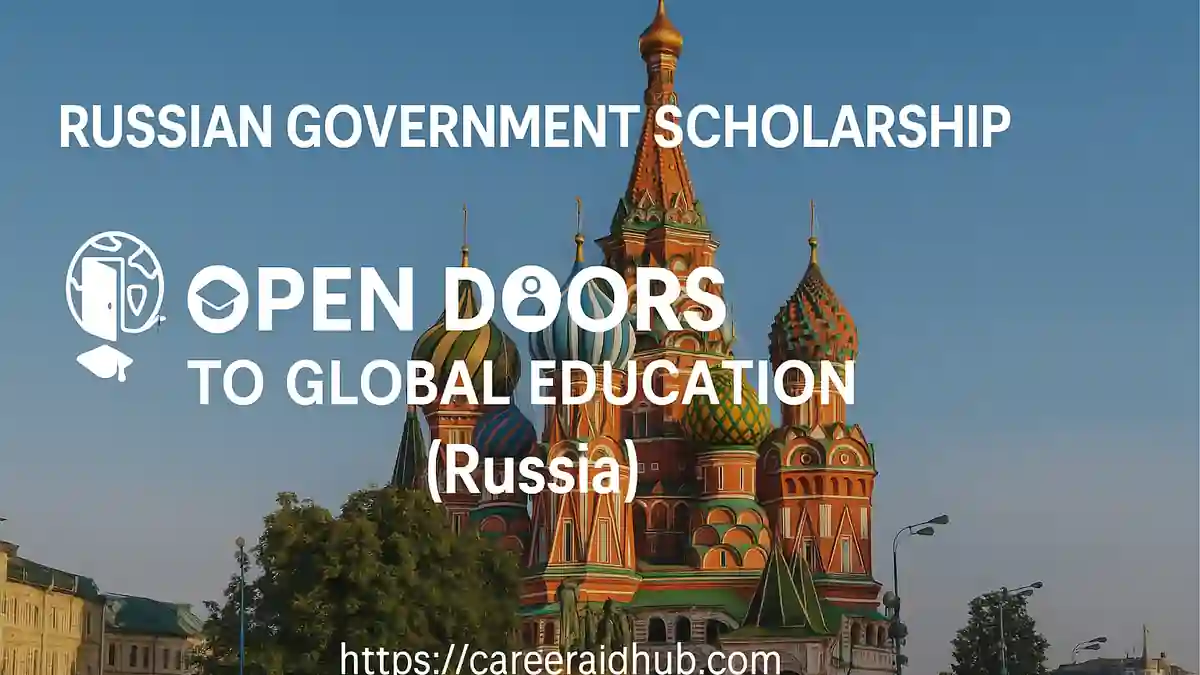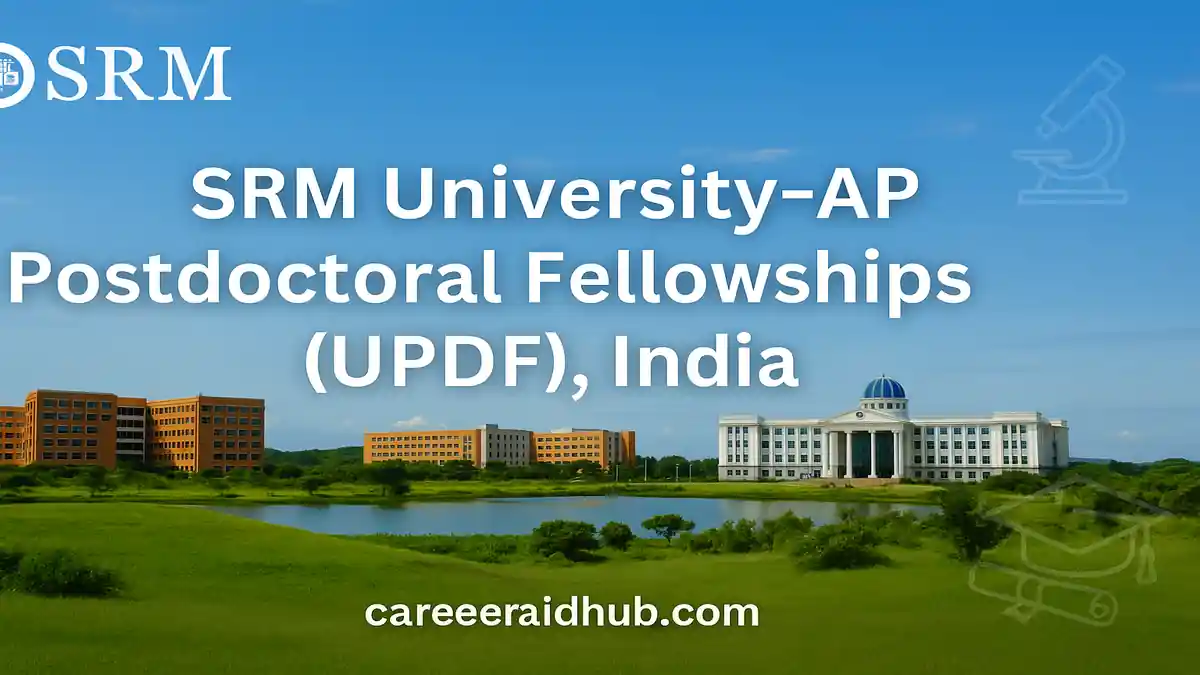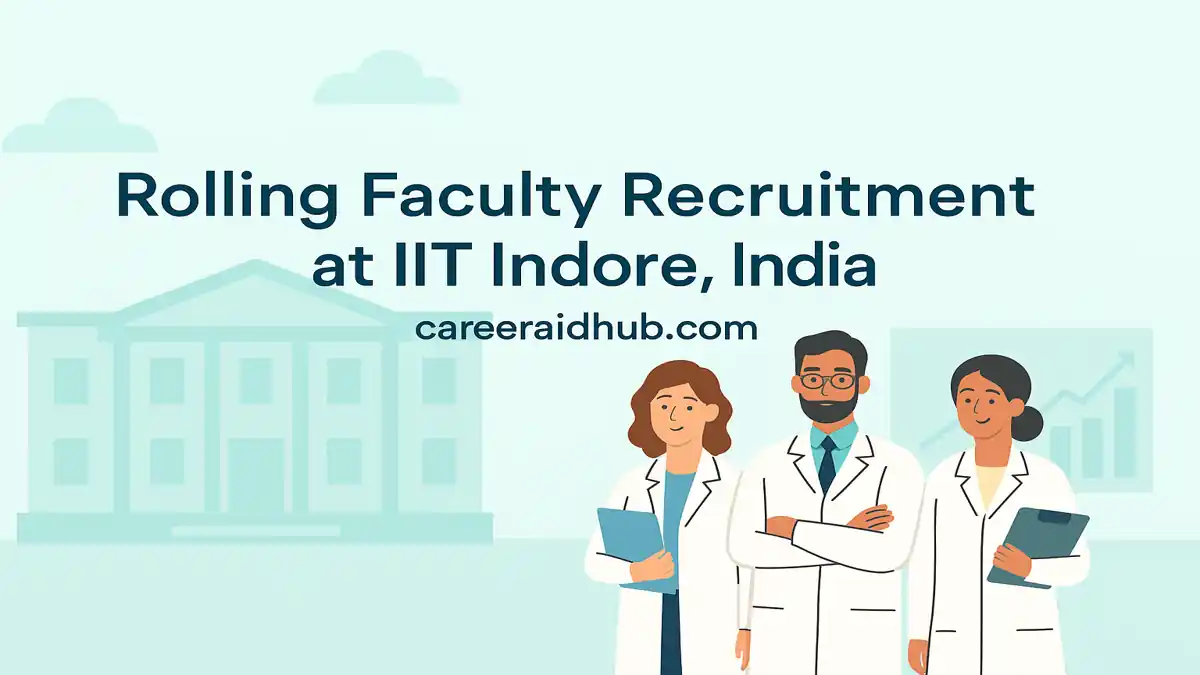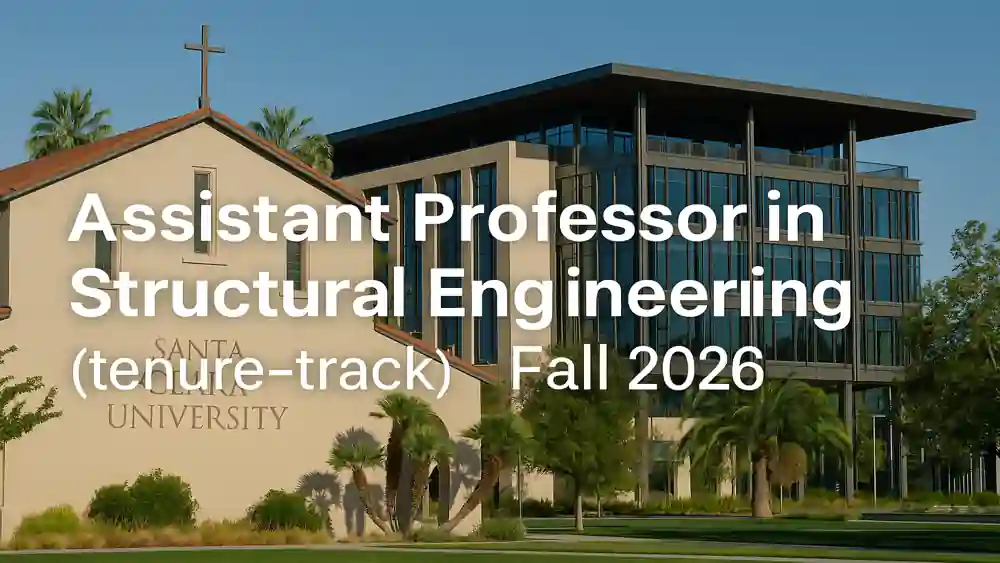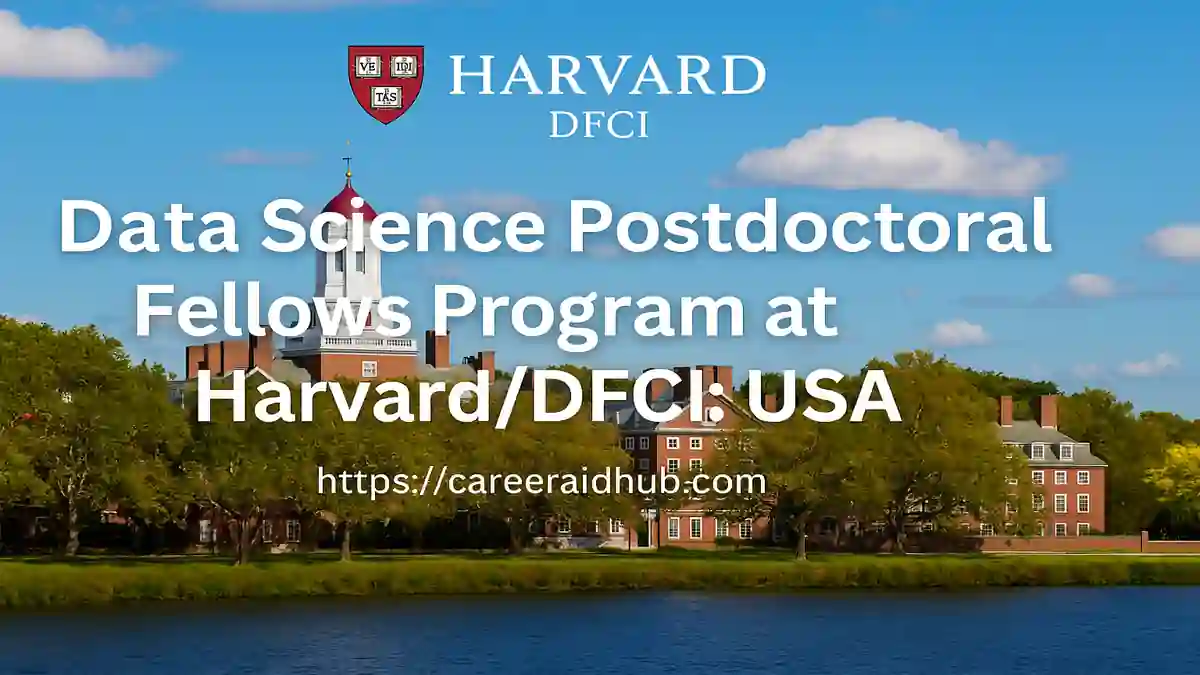INSPIRE, Ramanujan, Ramalingaswami & Similar Faculty Fellowships—Complete Guide for Early-Career Researchers in India
Early-career scientists often ask how to return to India, secure independence, and build momentum toward a regular faculty position. India’s flagship pathways—INSPIRE Faculty, Ramanujan Fellowship, Ramalingaswami Re-entry Fellowship, and related schemes—offer precisely that: a salaried fellowship or equivalent, research funding, and institutional affiliation that together create a launchpad for leadership. Host institutions (for example, IIT Dharwad) frequently invite Expressions of Interest (EOI) and outline departmental priorities, facilities, and expectations, helping candidates match proposals to local strengths and long-term hiring plans. [1]
Hero Highlight (≈50 words)
Planning to lead your own research group in India? This guide decodes the INSPIRE Faculty, Ramanujan, Ramalingaswami, and allied fellowship routes—what they fund, who should apply, and how to align with a host institute for a smooth transition to independent PI roles and long-term faculty prospects.
Why These Fellowships Matter
These programs provide a soft landing into the Indian academic ecosystem. Typically, fellows receive:
-
-
A competitive personal fellowship or salary-equivalent;
-
An annual research grant covering equipment, consumables, travel, and contingency; and
-
Formal affiliation with a host institute, enabling lab setup, student recruitment, and collaborative projects.
-
Crucially, they accelerate
Snapshot: Who Fits Which Scheme?
INSPIRE Faculty (Department of Science & Technology)
A strong fit for exceptional early-career researchers ready to start independent work in India. The award typically supports up to five years of investigator-led research with a consolidated fellowship and annual grant. Long-tail query fit: INSPIRE Faculty application requirements India, INSPIRE Faculty host institute support.
Ramanujan Fellowship (SERB / ANRF)
A robust option for Indian scientists and engineers, often with recent or current international experience, who already demonstrate high potential. The fellowship provides a consolidated monthly amount, an annual research grant, and overheads to the host. Long-tail query fit: Ramanujan Fellowship salary and grant, Ramanujan Fellowship eligibility for returnees.
Ramalingaswami Re-entry Fellowship (DBT)
Designed for life sciences/biotechnology researchers returning to India. It combines a consolidated fellowship with research/contingency support, facilitating rapid lab establishment in biosciences environments. Long-tail query fit: Ramalingaswami Re-entry Fellowship eligibility, DBT Ramalingaswami host institute conditions.
Although these contours are stable, exact amounts, eligibility windows, and forms evolve. Always rely on the latest call document before submission.
Funding
at a Glance
-
-
INSPIRE Faculty: Consolidated fellowship (fixed monthly) plus an annual research grant for equipment, manpower, and travel. Duration typically up to five years.
-
Ramanujan Fellowship: Consolidated monthly fellowship, annual research grant, and institutional overheads to support lab costs; duration generally up to five years.
-
Ramalingaswami Re-entry: Consolidated fellowship with research/contingency funds; life-sciences-focused and aligned with DBT priorities.
-
Implementation differs by call; confirm pay scale, admissible heads, and overhead structure on the official portals.
Choosing a Host Institute: What Matters
Institutes routinely announce EOI processes, list priority areas, and signal expectations around teaching and mentoring. When approaching potential hosts:
-
-
Map your proposal to local strengths. Identify core facilities, HPC clusters, and shared instrumentation that will amplify your methods.
-
Show a growth pathway. Explain how the fellowship phase transitions into regular faculty hiring, external grants, and center-level collaborations.
-
Demonstrate collaboration breadth. Outline co-advising plans, joint grant targets, and contributions to curriculum and outreach.
-
Eligibility & Competitiveness: Common Threads
Across schemes, competitive
-
-
Focused research excellence: First/corresponding-author publications in credible venues, method leadership, and a five-year research vision;
-
Independence and complementarity: A plan that complements (not duplicates) existing PI portfolios at the host;
-
Feasibility and risk management: Clear milestones, realistic budget lines, and contingency steps for equipment or hiring delays; and
-
Community value: A defined plan for student mentoring, open data/code, and knowledge exchange.
-
Some programs specify age caps, post-PhD experience windows, or nationality/returnee criteria. Always verify the current PDF/FAQ and portal instructions.
Building a Winning Proposal
1) Frame a Precise, High-Impact Question
Start with a specific research gap, anchored in the global frontier and Indian context. Situate your aims within national missions or strategic sectors to show societal relevance.
2) Pair Ambition with Methods
Lay out the methods stack—experimental design, fieldwork, modeling, and/or data science—and detail validation, uncertainty treatment, and expected outputs (datasets, tools, protocols).
3) Plan Milestones & Dissemination
Create a 3–5-year plan with publishable milestones roughly every 9–12 months. Pre-list target journals, conferences, and follow-on grant opportunities (e.g., SERB Core, mission-mode calls).
4) Budget With Intent

